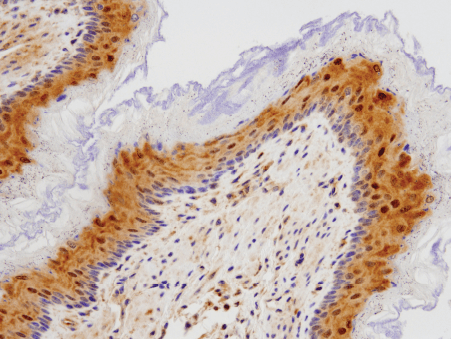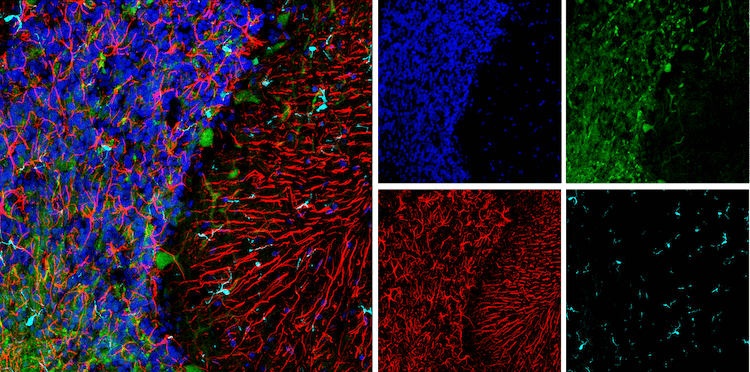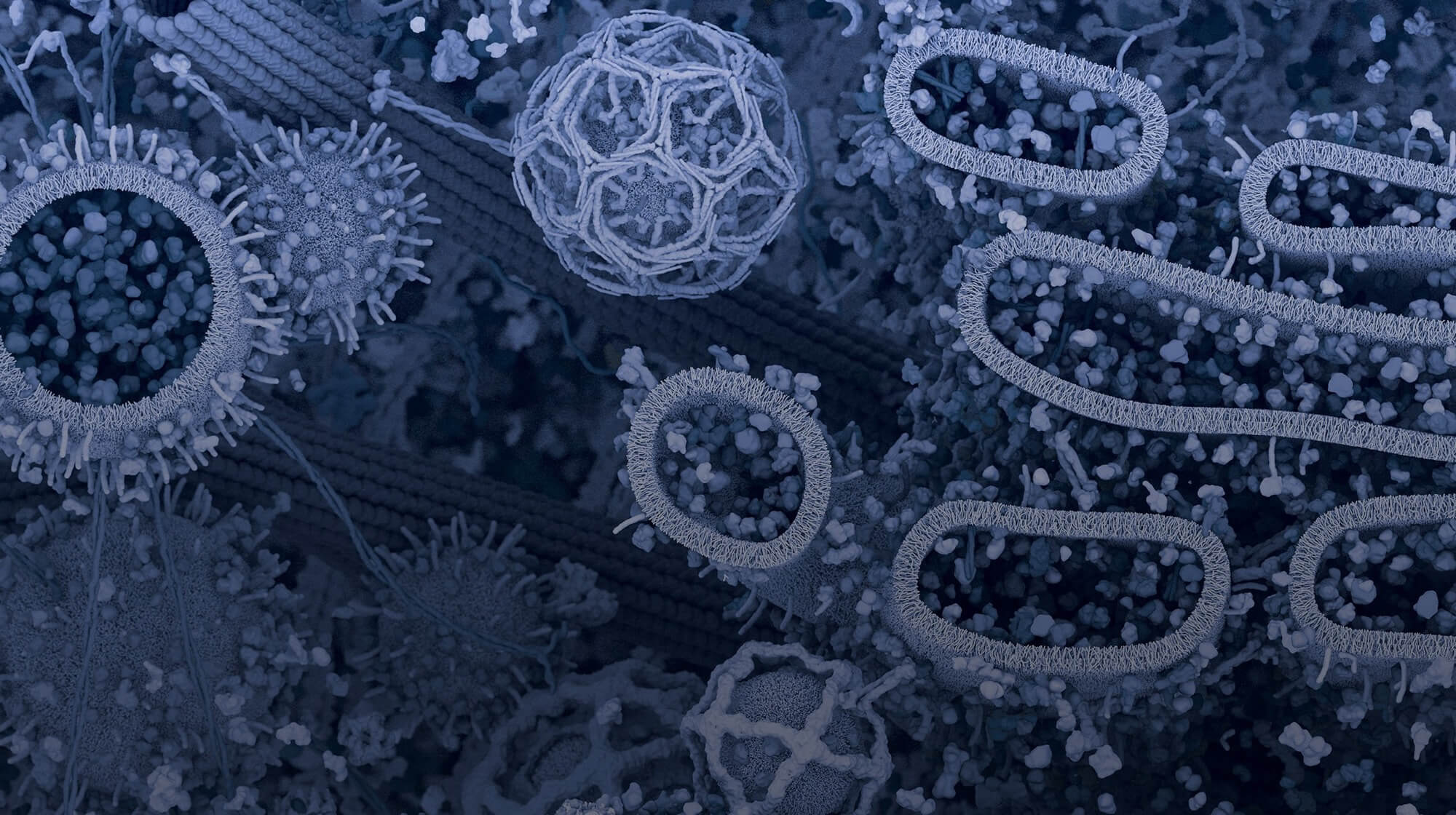Glycolysis and oxidative respiration are the two major metabolic pathways cells employ in order to convert biochemical energy from nutrients into adenosine triphosphate (ATP) to fuel cellular function.
- Adenosine triphosphate (ATP) is the primary carrier of energy in all living cells.
- ATP is made up of three components: A nitrogenous base (adenine), a sugar ribose, and a triphosphate
- Energy is released from the breakdown of ATP to adenosine diphosphate (ADP) via hydrolysis to fuel various cellular processes.
What role does glycolysis play in metabolism?
Glycolysis is the metabolic pathway that converts glucose into pyruvate.
- Occurs in the cytosol and is oxygen-independent
- The free energy released during the biochemical reactions in glycolysis is used to generate a net gain of two molecules of ATP.
- Pyruvate generated via glycolysis is transported into mitochondria where it enters the tricarboxylic acid (TCA) cycle under normoxic conditions, or is converted to lactate when oxygen levels are low.
- Under hypoxic conditions (low O2), rates of glycolysis increase to compensate for decreased oxidative respiration to fulfill cellular energy demands.
Oxidative Metabolism vs Glycolysis
Oxidative respiration is the primary mechanism that cells use to release chemical energy stored in nutrients (primarily glucose) to fuel cellular activity.
- Occurs in mitochondria, and, as its name implies, requires oxygen.
- Acetyl-CoA is produced from pyruvate molecules generated via glycolysis and enters the TCA cycle to generate the high-energy molecules NADH, FADH2, and ATP.
- More efficient than glycolysis: oxidative respiration yields 30-36 molecules of ATP per glucose molecule.
Although oxidative respiration is the predominant metabolic energy-producing pathway in normal cells, cancer cells reprogram their metabolism and more readily rely on glycolysis, even in the presence of oxygen, for energy production. This phenomenon is known as the Warburg effect.







